New York’s Photo League. 1936–1951: the birth of American photojournalism
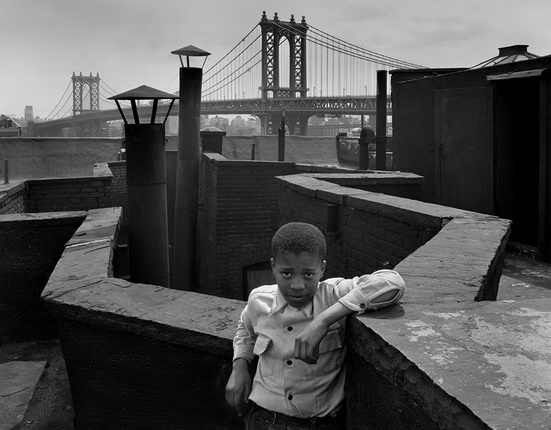
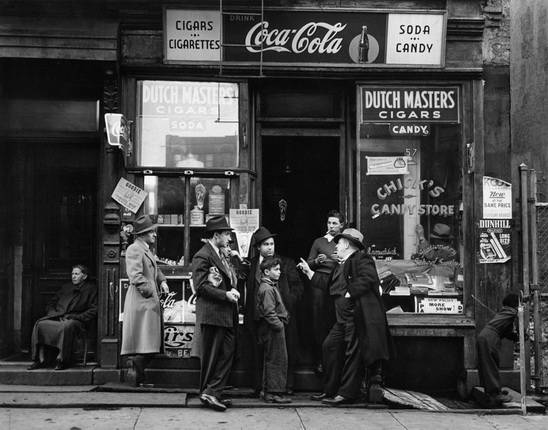
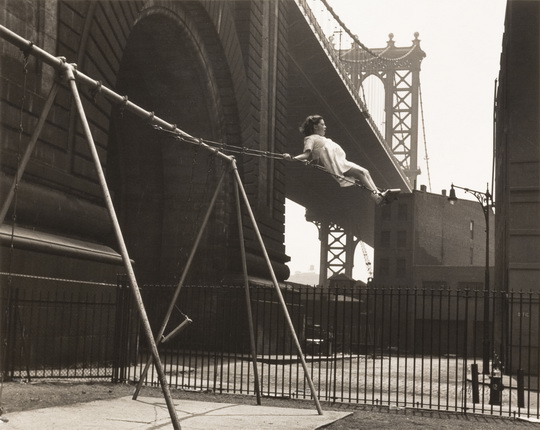
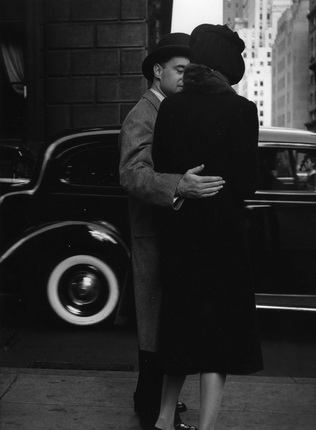
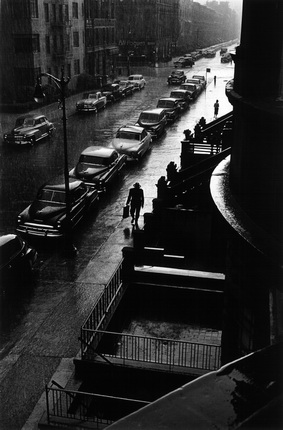
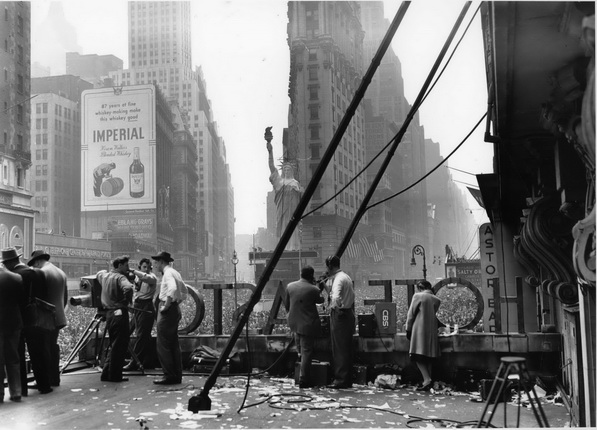
Walter Rosenblum. Boy on a roof, Pitt street, NYC. 1947. © Rosenblum Photography Collection
Walter Rosenblum. Chick’s candy store, Pitt street, NYC. 1938. © Rosenblum Photography Collection
Walter Rosenblum. Girl on a swing, Pitt street, NYC. 1938. © Rosenblum Photography Collection
Morris Engel. Park Avenue, NYC. 1947. © Mary Engel - Orkin/Engel Film and Photo Archive
Ruth Orkin. Man in Rain, West 88th Street, NYC. 1952. © Mary Engel - Orkin/Engel Film and Photo Archive
Ruth Orkin. VE Day, Times Square, NYC. 1945. © Mary Engel - Orkin/Engel Film and Photo Archive
Moscow, 30.03.2016—22.05.2016
exhibition is over
The Jewish Museum and Tolerance Center
Obraztsova St., 11, build. 1A
www.jewish-museum.ru
Share with friends
Curator: Nina Gomiashvili
Photographs: Weegee, Lisette Model, Sid Grossman, Berenice Abbott, Erika Stone, Morris Engel, Walter Rosenblum, Ruth Orkin, Angela Calomiris and others
For the press
The Jewish Museum and Tolerance Center presents for the first time in Russia the works of the revolutionary New-York cooperative Photo League (1936-1952), which changed the view of the photojournalism of the middle of the 20th century. The exhibition includes the works of its main representatives: Weegee, Lisette Model, Sid Grossman, Berenice Abbott, Erika Stone and Morris Engel.
The Photo League appeared in 1930 when the Workers International Relief (WIR), the communist organization in Berlin, known in Russia as the International Worker’s Aid, founded the Worker’s Camera League in New York. The new organization served to record workers’ everyday life and to fight with the help of a photo-camera for the proletariat rights in the Hudson area adopting the best practices of progressive Soviet photographers. As time passed the Film and Photo League became known as a cooperative of photo- and documentary film makers and in 1934 it became so strong that a break took shape. Paul Strand and Ralph Steiner founded the Frontier Films Company and at the same time Strand together with Berenice Abbott, which had managed to work as Man Ray’s assistant, created the Photo League cooperative.
The main goal of the Photo League was ‘to return a camera to honest photographers who took pictures of America.’ In New York in the middle of the 30s the question of adherence to the ideas of the proletarian revolution was not so acute as in the USSR, so the members of the Photo League were absolutely free in their passion to show reality and learned in process to create casual photos focusing mainly on problem Harlem and Bronx.
The members of the Photo League were the first to go to the poor districts of New York and to photo everything they saw. One of the famous members of the Photo League was iconic WeeGee, an unrivaled criminal chronicler. However, real people in the city environment were the most interesting objects for photo shootings of the majority of the cooperative members.
The Photo League organized the best in New York master classes led by Sid Grossman, Walter Rosenblum, Eliot Elisofon (Life editor). All those wishing to learn more about modern art of photography visited free lectures of the specialists and famous photographers such as Henry Cartier-Bresson, Roy Stryker, Ansel Adams, Edward and Brett Weston, Robert Capa and others. The Photo League held six exhibitions of its participants annually; each of them was accompanied by the Photo Notes issue (1938-1948).
The popularity of the cooperative grew together with the initiated in the USA baiting of those who had the feeling for left-win views. In 1947 Tom Clark, the USA Prosecutor General, entered the Photo League in the list of illegal ‘totalitarian, fascist, communist and disruptive’ organizations, after that the organization entered the black list of publishing houses. A landmark case held in 1940 during which Angela Calomiris, who had been informing the FBI for 7 years, accused her friends and colleagues of helping the Communist Party, knocked down the cooperative for the second time. Such public and boosted in press charges of anti-American activities were enough to generate public judgment. The Photo League ceased to exit in 1951; it turned into a footnote to the history of the cold war and movement which changed the view of photojournalism.
General information partner |





